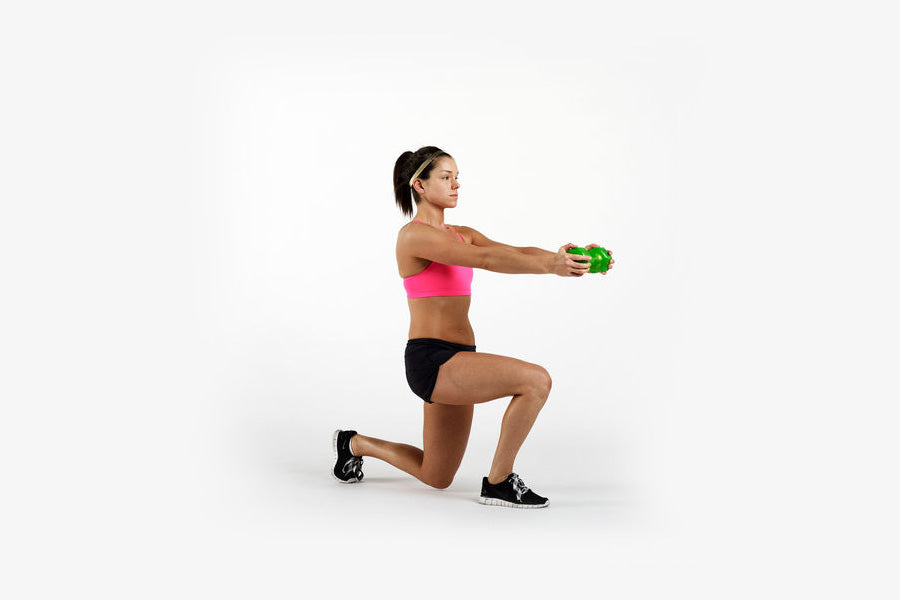|
Exercise Description |
|
|
Main Target Muscles |
Quads |
|
Secondary Target Muscles |
Calves, Abs, Adductors, Glutes, Hamstrings, Shoulders, Traps, Upper Back |
|
Workout Type |
Strength |
|
Gym Gear |
Dumbbells/ Barbell/Bodyweight |
|
Fitness Level |
Intermediate |
|
Compound/Isolated |
Compound |
|
Power Move |
Push |
Target Muscle Group

Reverse Lunge Overview
The reverse lunge is a leg strengthening exercise that focuses on the quadriceps. It's a version of the lunge movement pattern, which is a key exercise to master.
Some lifters feel less knee pressure when completing the barbell reverse lunge than when performing the regular barbell lunge. The lifter may also employ more weight during the lunge with a barbell than they might with a dumbbell or bodyweight variant.
How to Do It?
- Stand straight and secure a handle at chest level to a cable stack.
- Grip the handle to your chest, having feet wide open (shoulder-width apart) in an athletic base position.
- Squeeze the handle horizontally to extend as you exhale.
- Go back to the initial position for fulfilling desired reps.
Tips for Reverse Lunges with a Barbell
- Reverse lunges are a more sophisticated progression that should only be attempted after achieving hip and core stability.
- When returning to the beginning position, resist the temptation to lead the movement with your shoulders by hyperextending your spine. Instead, use effort from your lower body to propel the action.
- Both of your legs should be at 90 degrees at the knees at the bottom of the exercise.
- If you want to activate the quads in any lunge or split squat pattern, concentrate on taking a little smaller stride and driving up into the ball of the foot.
- Focus on taking a little longer stride and driving up through the heel of the foot if you want to engage the glutes and hamstrings during any kind of lunge or split squat routine.









